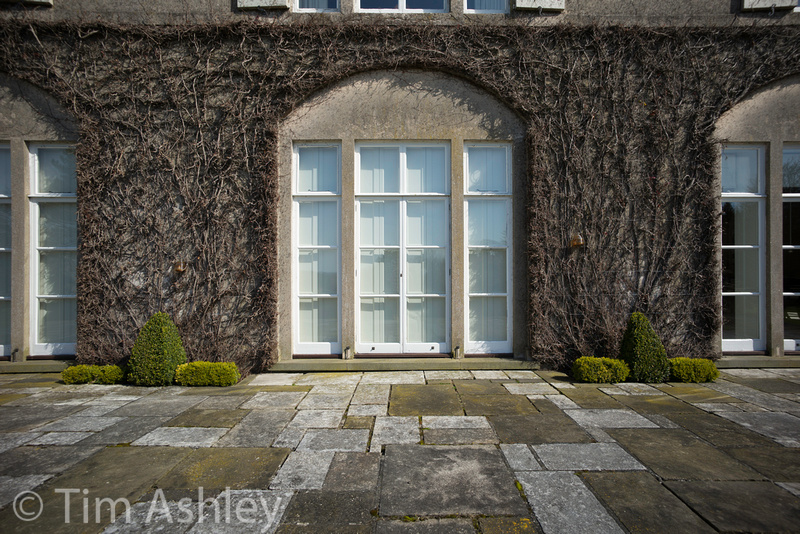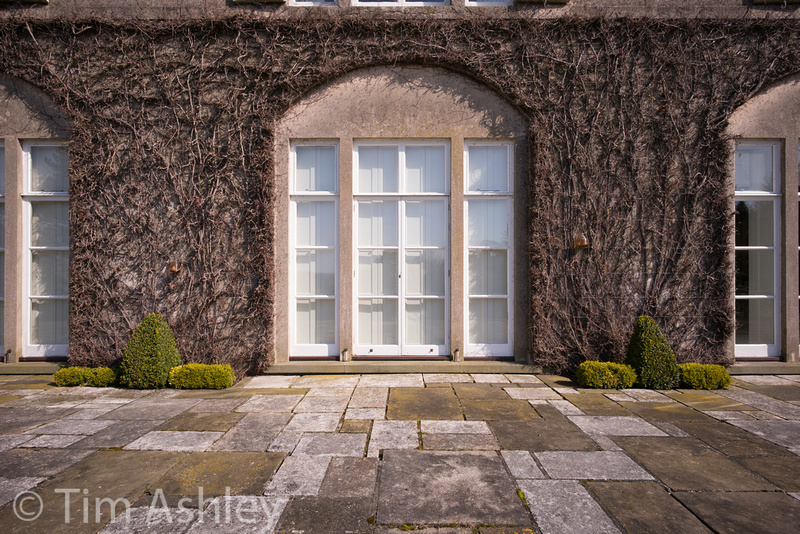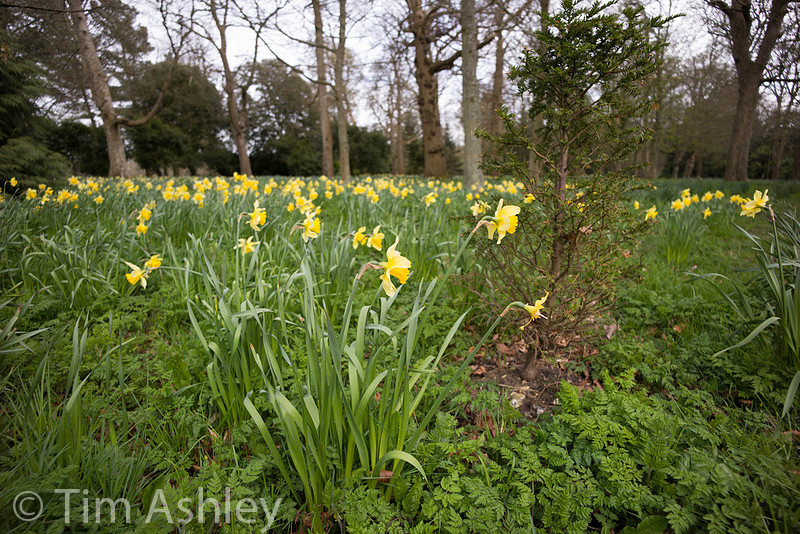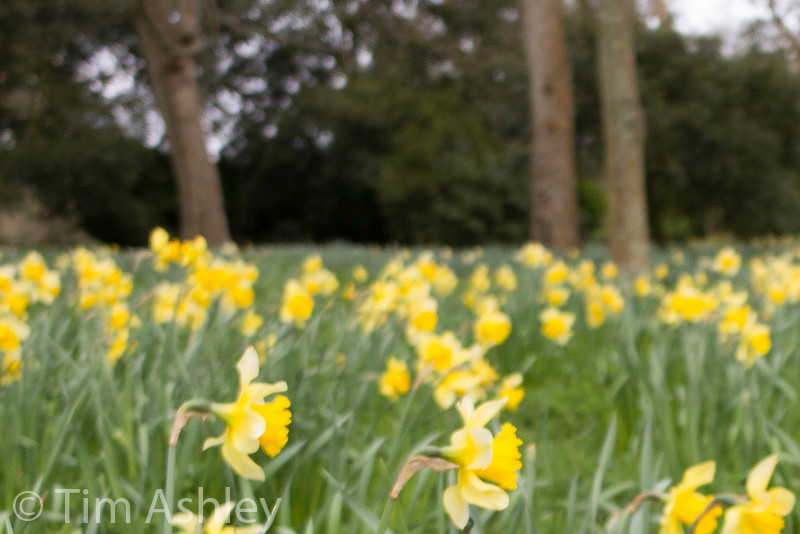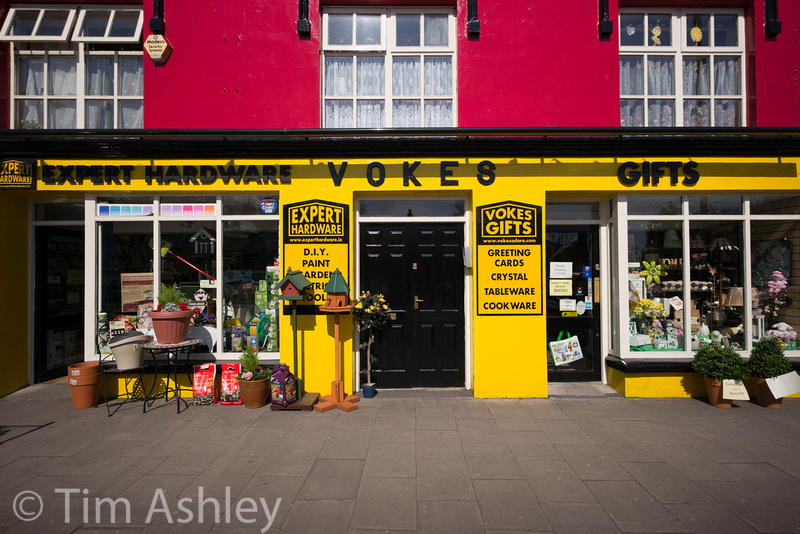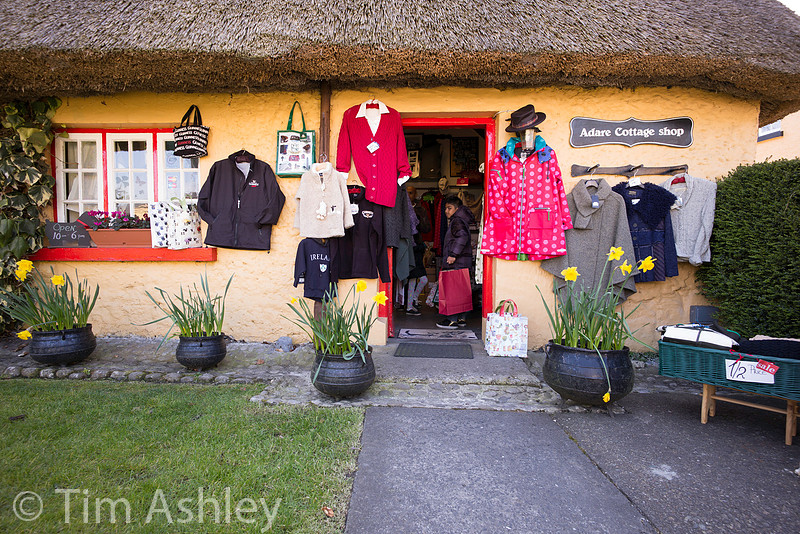Leica M240 with 18mm F3.8 Super Elmar - Some ObservationsI have received a disproportionate number of requests from readers to look at this lens and its performance on the M240. A number of people have also asked me to look at the 16/18/21mm WATE but I am afraid that I no longer posses that singular optic and have no plans to acquire another: my feet are generally good enough to turn an 18mm lens into either a 16 or 21mm, should I need such. So why the reader requests for information on using super-wides with the M240? Well, they all centre on interiors and architecture. Which is not to say that this lens may not be very useful for landscape use, possibly even the more dangerous forms of reportage, too - but it does indicate that a lot of actual and would-be M240 users want a super-wide for rendering man-made forms accurately. Let's take a quick step back and look at the marketing information, so as to ascertain the claimed abilities of the lens. These focus on a number of areas: the 'retrofocal-like' architecture, with two aspherical surfaces, is supposed to offer 'outstanding image quality at a maximum aperture' with low vignetting (for the focal length) and distortion that is 'virtually undetectable to the human eye'. 'Absolute sharpness' and 'Superb Depth' are also claimed. It is important to recognise that the marketing brochure to which I have linked and from which I have quoted is current on Leica's website but was clearly written some time ago since it repeatedly references M8 and 'traditional M' (i.e. film) cameras. But the name of the game of my current series of articles is to discover how various lenses perform as part of a system when mounted on the M240. So, in the Brave New 24 Megapixel CMOS World, how does the 18mm Super-Elmar-M do?
Leica's Technical Data PDF for the lens gives some useful pointers. Specifically, the MTFs indicate that the lens probably has a great deal less field curvature than, for example, the 35 Lux FLE. The F5.6 graphs show a calmer, flatter plot though astigmatism is more of an issue, indicating that the lens might exhibit less of that Limpid Leica look, and lower micro-contrast. However, those MTFs, whether measured or calculated (it isn't clear which) were published before the M240 was a twinkle in the eye of the M9 let alone the M8, can't speak specifically to the actual performance on the new camera though in practice, as we shall see, their implications seem to be borne out. I will look at distortion and cross-frame sharpness by reference to the same set of images. Below is a frame shot at F3.8 and clicking on it will lead to a gallery containing an aperture series shot thru F16, all of which are available for download as full-sized images - mouseover top left of image in gallery for download options. The series was shot in RAW on a levelling head using the camera's horizon, focussed using the RF wide open then not refocussed between frames. Despite careful use of technique, the subject plane is not perfectly square to the sensor and this speaks to the difficulty of composing in an EVF which has lower resolution and clarity than one might like, and which shows an inaccurate FOV compared to the captured image. However, I do not regard the skew as material to my conclusions given the DOF involved - and it is not an infrequent result when using super-wide lenses, which are very sensitive to tiny alignment errors. I would add that lens corrections are not applied here, but whether applied in-camera to a JPEG or in LR 4.4 to the RAW file, will trim an amount from the resulting image that makes the final corrected shot quite similar in FOV to that shown through the EVF. Developed from RAW in LR 4.4 with no lens corrections. Sharpening at my usual 60/0.7/70/20. Observations:
That doesn't sound great. However, there is an easy workflow for those images that really do require optimal rectilinearity and cross-frame sharpness. The frame below is the result of this method: (click for full sized version) Method:
There are other ways to get the same (or possibly better) results but what I hope this shows is that a file can be made using aperture bracketing that, when easily processed, give a result which is acceptably rectilinear and sharp enough across the frame for a double page spread, or even a 30" print. Most shots of most subjects at F8 will not require any special treatment, because most of these minutiae 'get lost' in the shape of normal subject fields. I hope that answers the two biggest concerns, distortion and peripheral sharpness, that I have heard about this lens on the M240. Let's look at the lesser issues. Colour shading is impressively well controlled, I suspect dues to the 'retrofocal-style architecture'. The image below is an F3.8 frame and leads to a series thru F8. IMHO, this is a better performance than I expected and better than many other current M lenses up to 50mm. Purple fringing is well controlled. You can provoke it, but it is easily dealt with. Here is a 100% crop of an F3.8 frame exposed strongly to the right against a brightly overcast sky. It is hard to make the lens do worse than this:
Field curvature is present but quite well controlled. It is worth noting that my shots made with RF focus tend to place the field of focus very well relative to the subject, but that, as I have discovered with other lenses, 'stop down EVF focus' has a tendency to bring the field a little closer. I will be writing more about this next week but for now, if you (like me) have the habit of focussing by twisting the ring 'from near to far' then you will probably find the same thing, since the central subject will start to appear very sharp in magnified view, and the peaking will shimmer, at slightly closer distance than the RF would choose. This happens even if the EVF is used to focus wide open and is due to the DOF of the lens and the lack of a very wide maximum aperture capable of providing clear focus 'pop'. The result is that some frames at F5.6 and F8 might, if 'peeped' to the extreme, have softer edges and less chance of a sharp rendering of central distant subject matter when focussing on nearer-ground subjects. If you find that happening to you, RF focus is the remedy though I must say, as long as you know what is going on here, the EVF can make 'placing' the field of focus exactly where you want it a less daunting task. So in general I regard this as being as much an opportunity as a problem, albeit one that will require a little training. Bokeh is not a prime consideration with a lens this wide but when it does occur, it really is quite pleasant: follows a frame and a crop to illustrate it at F3.8 and close to minimum focus distance.
Conclusion Here are two frames that illustrate my final thoughts. Both shot with RF focus, the first at F5.6 and the second (I think) at F8.
The Leica Look has a lot to do with bokeh, but also with the way that transitions between focussed and OOF areas are handled. It might also, some think, have something to do with subtle field curvatures and the way they can emphasise a subject. And it certainly has a lot to do with micro contrast. There's also the 'secret Leica Sauce' that has people permanently speculating as to its mystery ingredients. So this lens was never going to be a prime candidate: it has too much astigmatism, I think, to give a full dose of the limpid clarity we love in the brand - and it is too wide to major on subtlety of DOF transitions. It also struggles, frankly, to get sharp across the frame on the M240 and for some of the major uses people will have for it, that will be an issue. But for those who need to shoot at this focal length, it is somewhat better than good enough: for some of the tasks people ask of it, it is being asked to do the job of a technical camera lens but on a rangefinder camera - and the fact that it can keep up at all does it credit, though it must be remembered that this is not a cheap piece of kit. An interesting alternative might be an adapted Samyang 14mm F2.8, a lens which has impeccable everything apart from some crazy distortion. But, like the Super-Elmar, that distortion can be corrected. Another option, the CV 15mm, is so badly afflicted with colour shading on the M240, even when coded as a WATE at 16mm, that I count it as effectively useless. Alternative codings such as for the 21mm f2.8 pre-asph or asph improve things a touch but not enough. I will cover this in a bit more detail at some point.
Please note: I originally wrote a much longer article but as a result of a 'save error' which I naturally blame on Zenfolio's blog software rather than on my own personal stupidity, that piece was clicked into oblivion. I need to move on to working on the next article, which I hope will be genuinely exciting and on which I will be collaborating with a guest expert of some renown, so I simply don't have the time for a full re-write. What you have read above is, therefore, a précis and I apologise if it lacks full explication in places. This site is not for profit but I do support the charity Photovoice. I wrote about it in depth a while back and that article is here. If you have found this article useful and are feeling generous, I would hugely appreciate a donation to the charity, even just a pound or a dollar: every little helps. You can donate here and the Virgin Giving site is secure and takes cards and PayPal. The Gods of Great Photography will smile on you if you donate. I promise.
Comments
Amin Sabet(non-registered)
Hi Tim,
Thanks for this writeup. I recently bought the Zeiss ZM 18/4 and would consider buying this Leica at some point if it is optically an upgrade from my Zeiss. Could you please have a look at the DNG files I provided in the second post of this thread at GetDPI and let me know what you think of that lens' performance relative to what you see from the Leica? http://www.getdpi.com/forum/leica/51188-impressed-zeiss-distagon-18mm-f-4-zm.html I realize it's hard to do without having both lenses side by side shooting the same targets, but I'd love to get your thoughts anyway. All best, Amin
Rick G(non-registered)
Tim,
Thanks again for the nice article. Like Jono, I have the WATE and enjoy the flexibility of the range it offers with little trade off to the fixed focal length 18. In an imperfect world the 18 and the WATE seem to be a good compromise for what I like to do. Thanks again for the time you put in to this article, Rick
HI There Tim
Great write up - as were those on the 50 'lux and the 35 FLE. I'd love to see you have a go at the WATE . . . . but I guess I'd have to lend it to you first! Anyway, you've done me a service indeed. (the WATE stays) Many thanks and keep up the good work. All the best Jono
Rick,
I can't comment on the 21 SE, I have never had one though people have tad me it's very good. But I would be very careful about the CV and really insist on trying it with the M first: here is a link to some test I made on the CV15 for colour shading and IMHO this make it unusable even for B&W, it is truly profound and no coding I have yet found manages to deal with it effectively at all.... http://www.l-camera-forum.com/leica-forum/leica-m-lenses/278670-wide-angle-lens-choice-3.html#post2385598
Heya,
Great review.. I am in a similar situation. I have the 21 Super Elmar - new version but I've been offered a trade in which would mean the cost to change to the 18SE would be low.. and about the same cost as a 12mm CV.. which I had my eyes on. So - would you sell the 21 for the 18 or keep the 21 and get the 12mm CV for and see how it goes? I know it will give me issues on the M with magenta in the corners but its nice and WIDE!
No comments posted.
Loading...
|


